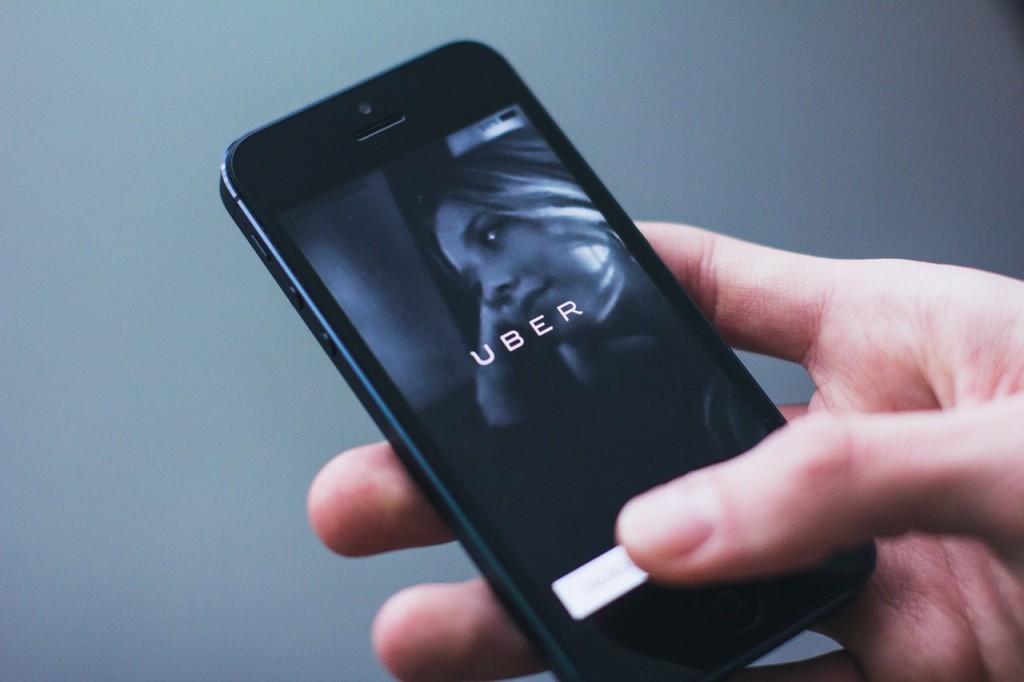Making a business like Uber, Airbnb or Craigslist is a tall order. You have to build a community on both ends and there is twice the effort required to make people understand your vision. For conventional e-commerce businesses, the fight is to make a potential buyer believe that it’s okay to book his or her hotel online. In the case of Airbnb, they have the job to convince a homeowner that it is okay to allow a stranger into your home but also the traveller that it is not at all creepy to unpack your bag in someone else’s living room. This is what makes starting P2P platforms more challenging. They require lot more effort and a very fine balance. What will Airbnb do if there are plenty of hosts but no guests, or vice versa? So how do they go on about it?

Opinions vary around how to build a community driven business. Some appeal to the providers while other continue with a mix. It is also crucial to identify the characters of the communication channel and tailor the communication for that. While Airbnb started appealing to the homeowners to share their homes to earn some extra money, they kept tailoring the communication as they expanded. So while they constantly keep hosting offline activities and events to keep the homeowners engaged, the communication on prominent platforms like Facebook target the travellers with the message of authentic local experiences. However, to keep the balance Airbnb invests heavily into its community of hosts. From local events to perks to massive gatherings like Airbnb Open, Airbnb keeps trying to make sure its hosts are happy. They might further ramp up the offline activities for hosts as they try to appeal to a wider pool of travellers through primary social channels.
A similar school of thought is followed by many community driven tour platforms like Lokalocal and TakeMeTour. They started building their communities by speaking directly to potential hosts. For them, there can be multiple channels to drive travellers to the platform, including multiple B2B partnerships for distribution. But they have to build the community of hosts or providers themselves and make sure they are pleased so that they offer the best experience to the travellers.
Outside of travel, local classifieds platform Olx very actively targeted sellers in the early days. From TV commercials to Google ads, everything was tailored around sellers. The idea was that if buyers come first and they don’t find value, they might not come back. On the other hand, sellers have lower expectations to sell in a short time and thus might not be repelled by not being able to make a sale through the platform. Over time, the buyers followed.
And that is exactly what seems to be wrong with how the ground transportation giants are building their businesses. The models are strongly biased towards the rider and in most cases paint the provider, in this case, the driver, as a replaceable piece, almost invisible in the whole process. This imbalance has been behind some of the recent incidents of the platforms receiving backlash from the driver partners. With this follows a poor experience for the riders as the driver partners aren’t pleased with the position they are assuming through the platform. Of course, the leading players here see the drivers as a temporary phase as they race towards a driverless future where they just need to care about the riders. But for now, this is where they stand.
At this point, it might not even be easy to address this. Uber recently set up a team to address driver woes and focus strictly on boosting their experience. However, with the massive scale and dozens of lookalike models it has inspired, there is a long way back to crossroads where they rolled ahead on this route.



















